Affiliate disclosure: This post may contain affiliate links. Please see our Privacy Policy.
While there are lots of reasons to raise your own meat beyond cutting costs, it’s still nice to know if all that effort actually saved any money in the end.
We tracked our costs for a year raising our own pigs in Vermont and found that the costs vary based on the age of the pig and the season.
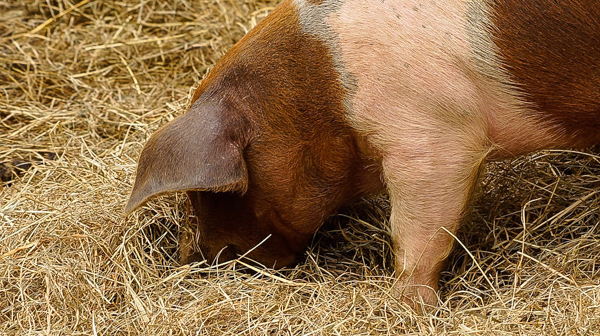
The cost of raising a pig can vary quite a bit, based on your location and the time of year.
Your location is going to determine not only the cost of the feeder piglets, but also the cost of feed and supplies. It’ll also impact their shelter needs and how much feed they require.
Pigs raised in cold environments require a lot more feed, especially in winter.
The actual price per pound of feed will also have a big impact on total cost, and that varies substantially across the country. The further the feed has to be shipped, the more it’s going to cost.
There’s a reason most of the large commercial pork operations are close to where to food is produced.
Here in Vermont we’ve got more or less the worst case scenario in terms of cost. We live in a relatively cold environment, far from sources of commercial feed.
We tracked our costs for a full year, both the cost of raising pigs in in summer, and in winter when we overwintered sows for breeding.
Take this as a starting point, and use it help you figure out whether or not pigs make economic sense in your location and situation.
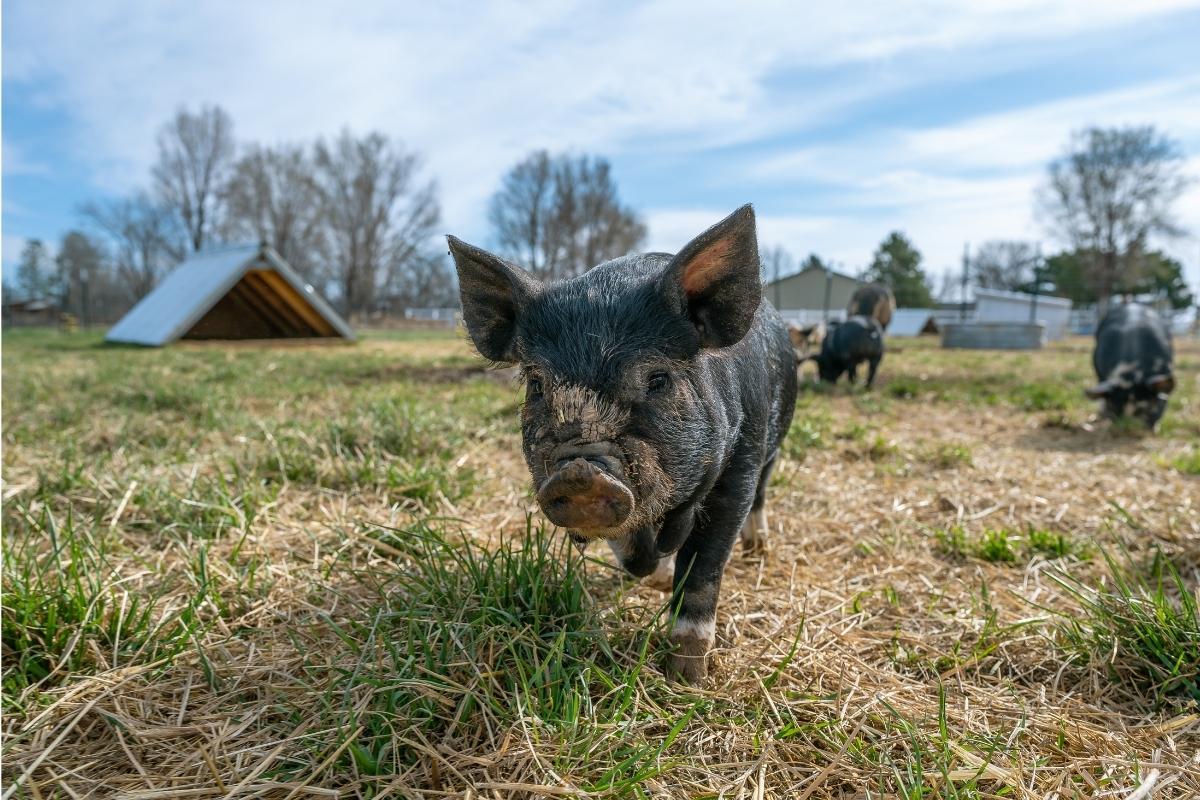
Buying Feeder Pigs
If you’re planning to raise pigs for the summer months, the most cost-effective way is to buy feeder pigs in the spring. The pigs are then raised through the summer months and harvested in the fall.
Raising your own sows to provide piglets can be expensive, as I’ll discuss shortly.
Year after year there has been a shortage of feeder piglets in our area, and we had a hard time finding spring piglets.
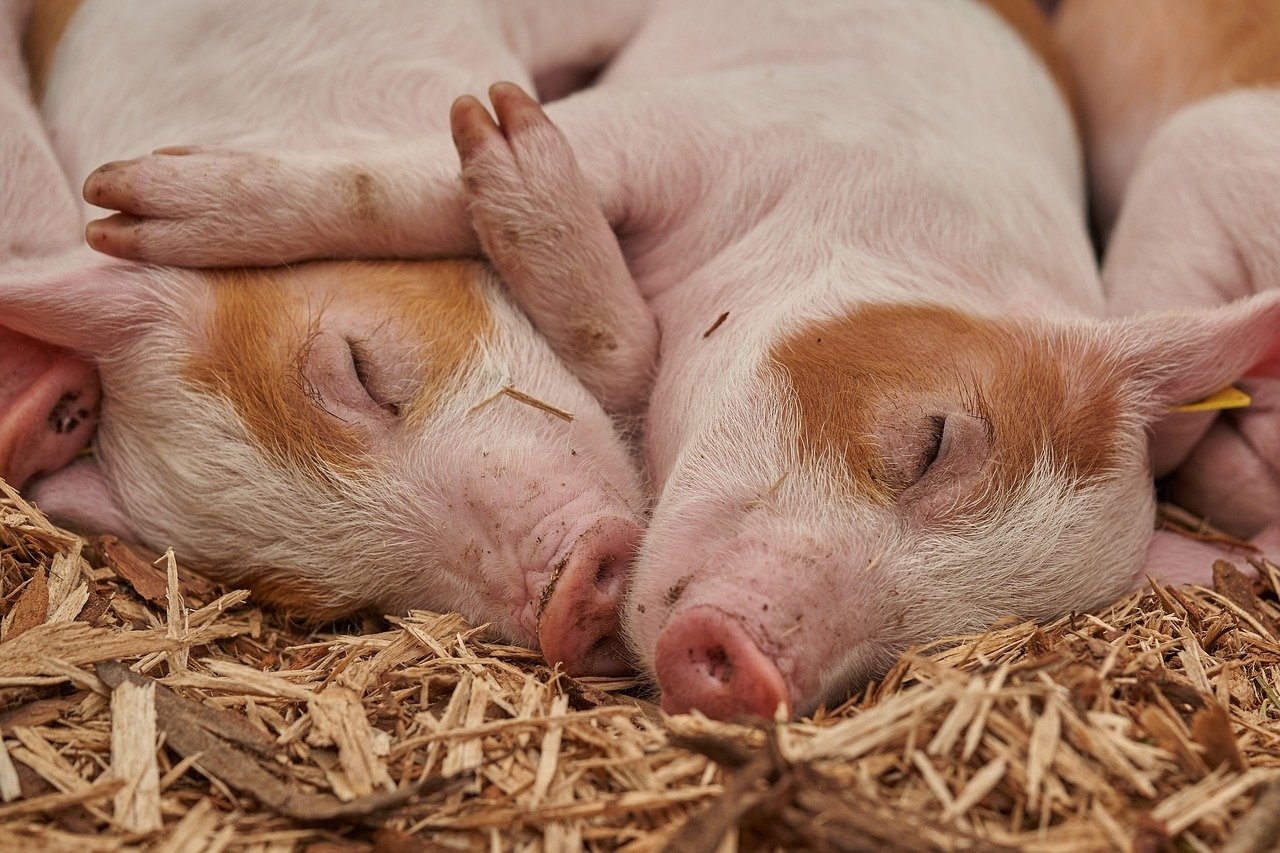
In July, after demand calmed down a bit, we were able to purchase feeder piglets. Since there’s always a shortage, we went all out and got 6.
Four were to be raised for that year’s pork harvest, and two were to be overwintered as gilts and bred in the late winter for spring piglets the following year.
Surely we wouldn’t have trouble selling any extras, which would hopefully cover the costs of overwintering the gilts (un-bred sows).
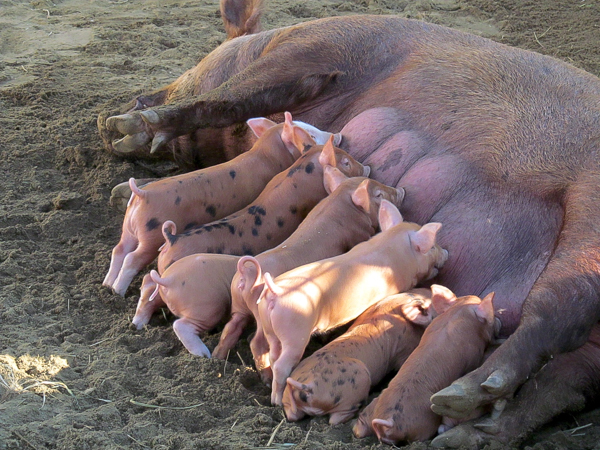
In the meantime, our own family demographic changed, and by spring the following year we had a one-month-old daughter to wrangle. With a new daughter in the picture, adding piglets this year just seems like too much to manage.
While we won’t be raising any piglets, this gave us a unique opportunity. Now we can compare the cost of pigs raised to 5 months old during the summer and fall months, with pigs kept to a full-year-old.
Raising pigs during the winter is less efficient due to extra feed required to keep the pigs warm, and a lack of garden waste to supplement their diet. Pig feed conversion also drops off as the pigs get older and more mature.
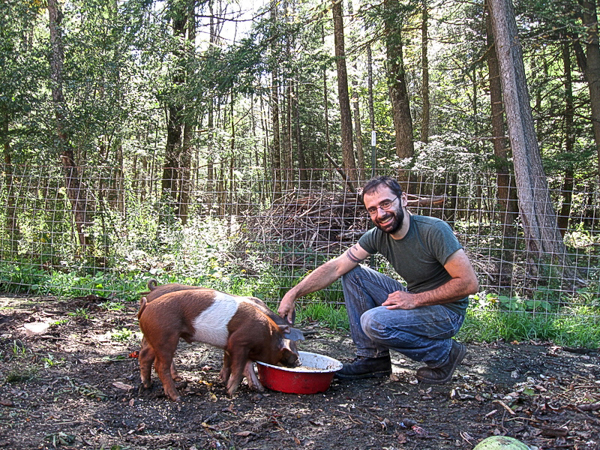
Generally, piglets are purchased at 8 weeks old, and raised until they’re somewhere between 4 and 6 months old. The pigs age at harvest is based on your families circumstances and size preference.
It’s easier to harvest a smaller pig at home, and the cuts are much more manageable for a small family.
Commercially, pigs are harvested at around 150 pounds, which yields the manageable cuts you find in the grocery store. More or less by accident, our pigs were almost exactly 150 pounds hanging weight at 5 months old.
It can be hard to estimate the hanging weight of a pig, but there’s a simple trick for weighing a pig with a string measurement and then using simple math to convert the live weight to hanging weight. I go through all those measurements and conversions here.
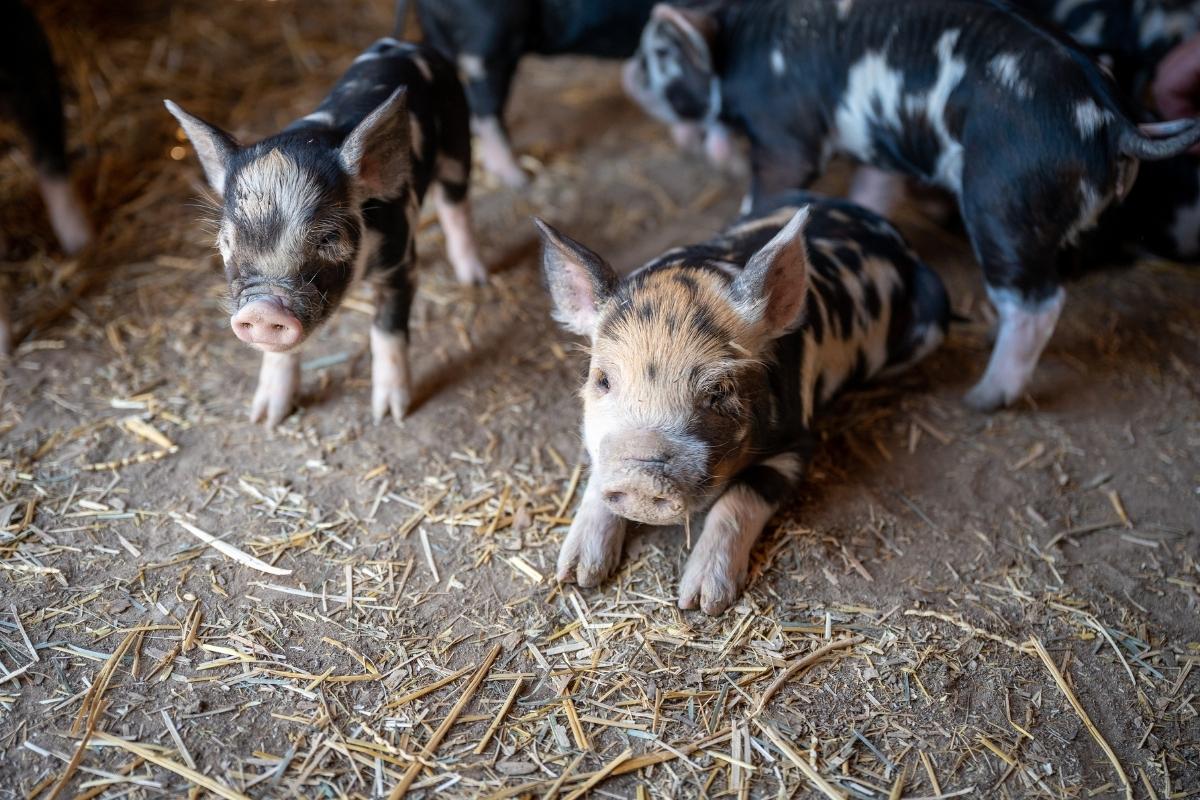
Cost to Raise a Pig (Summer Months)
All 6 pigs were purchased at 2 months old for $100 each ($600 total).
During the summer and fall, our pigs ate an average of 5 pounds of commercial pig feed per pig per day (plus ample kitchen/garden slop). Pig feed costs roughly 25 cents per pound, though I’ve been told that’s high.
Vermont’s not exactly the breadbasket of the US, and all pig feed grain is shipped in. If you’re living in the mid-west, pig feed is likely much cheaper.
Check prices locally and then you’ll have a better idea of true feed costs.
Regardless of the per pound, the real thing you need to know is how much a pig eats, and then you can enter the per pound price for your location.
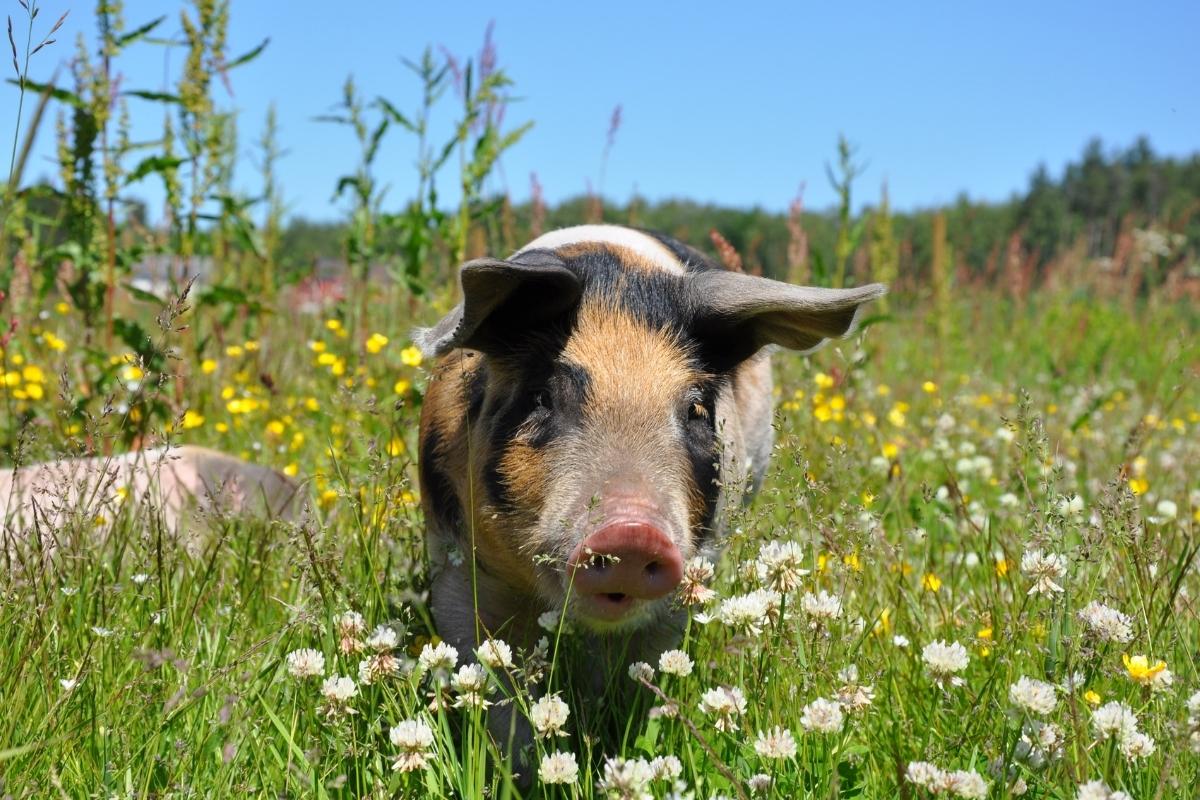
We purchased 2 month old feeder piglets for $100 each. We fed them for 3 months during mid-summer, and harvested them at 5 months old.
On average, they ate about 5lbs of feed per day. Less, obviously when they were younger and more when they were older, but from 2 to 5 months it averaged out to about 5 pounds of feed per day per pig.
Total feed costs per pig amounted to roughly $115 each.
The pigs were processed at home, so there was no cost for slaughter or butchering, but slaughter generally costs about $60 plus another $100 for butchering.
Cost to Raise a Pig in Summer
- Purchase Price $100
- Feed Costs $115
- Slaughter $60
- Butchering $100
- Total Cost: $375
Finished hanging weight was approximately 150 pounds per pig, which means about $2.50 per pound hanging weight.
Local farms charge $4 per pound hanging weight, and then charge the buyer for slaughtering and butchering fees on top of that. The same pig, purchased from a local farm would have cost around $600.
Assuming our labor is free, raising our own pigs saved us a total of $225 per pig.
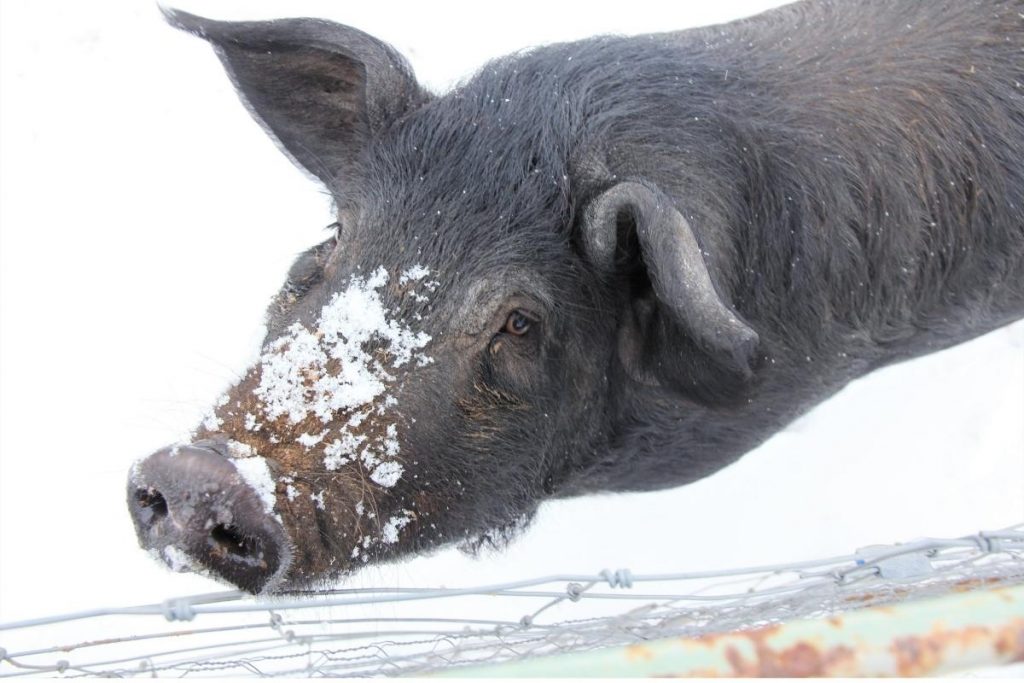
Cost to Raise a Pig (Winter Months)
The final hanging weight of our 11-month-old pigs was around 250 lbs each.
They each consumed an average of 10 pounds of feed per day all winter long. Pigs eat more in the winter to maintain body temperature, and they also eat more as they get larger.
All in all the feed conversion rate drops dramatically.
Up here in the north country, winter is long and cold, and that’s 6 months of eating at around $2.50 of feed per pig per day. That’s another $450 per pig to keep them through the winter.
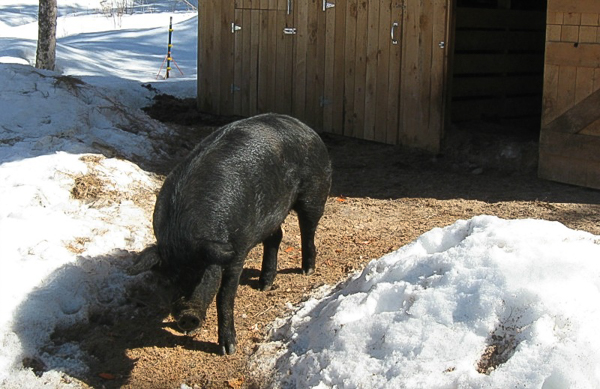
As you might imagine, it’s not cost effective to raise pigs in winter in a cold climate. It’s also much less efficient to raise pigs beyond a hanging weight of 150 lbs.
When raised young and in the summer, they went from small 25-ish pound feeder piglets at 2 months old to 150 pound pigs at 5 months old. That’s a weight gain of 125 lbs in 3 months, or about 40 pounds a month.
Raising them for another 6 months in winter, they gained another 100 pounds hanging weight, or about 17 pounds a month.
They also ate a lot more during each of those months, both because it was winter and because they were larger (and larger pigs eat more to maintain their existing body mass).
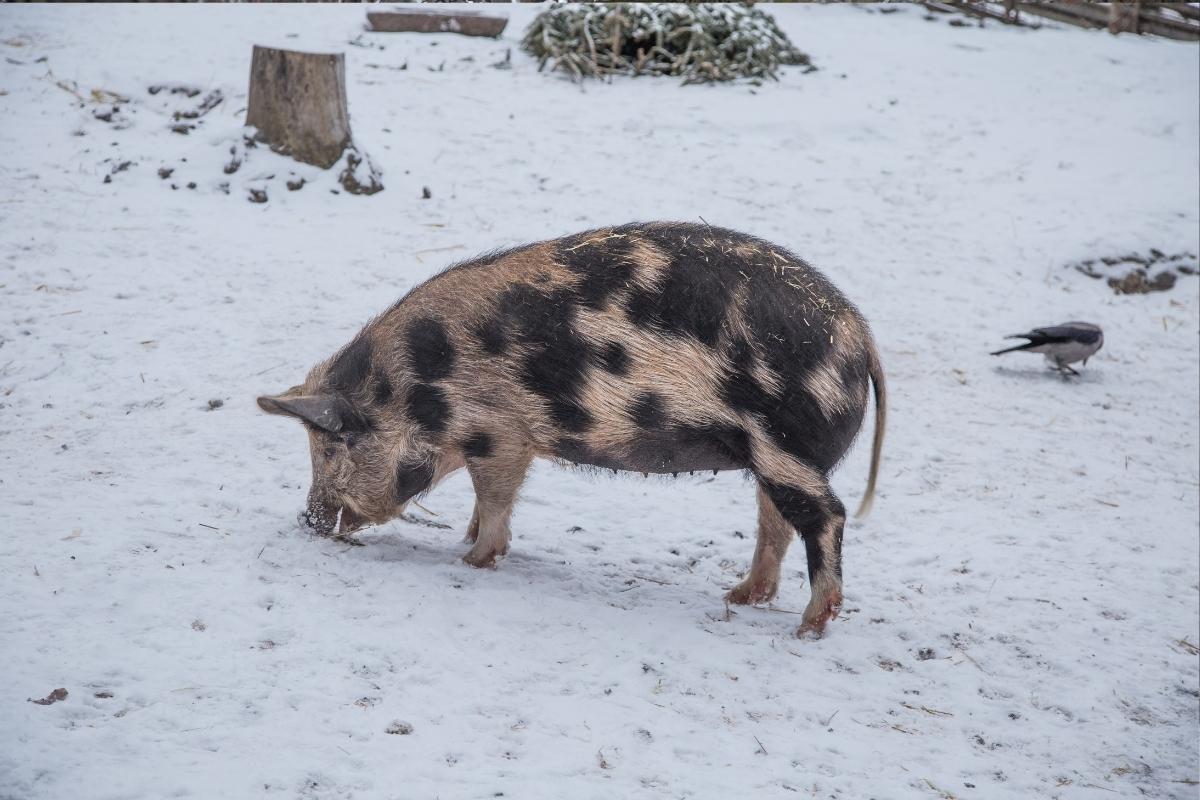
Cost to Raise a Pig in Winter
- Purchase Price $100
- Summer Feed Costs $115
- Winter Feed Costs $450
- Slaughter $60
- Butchering $100
- Total: $825
Keeping the pigs over the winter raised the price per pound from $2.50 to $3.30 per pound.
Though the increased cost per pound may not seem like much, it’s a lot when you factor in labor for an extra 6 months of pig raising through the winter.
Hauling 5 gallons of fresh water per pig each day, plus 20 pounds of feed per day really takes a toll on the body as you’re trudging through knee and hip deep snow.
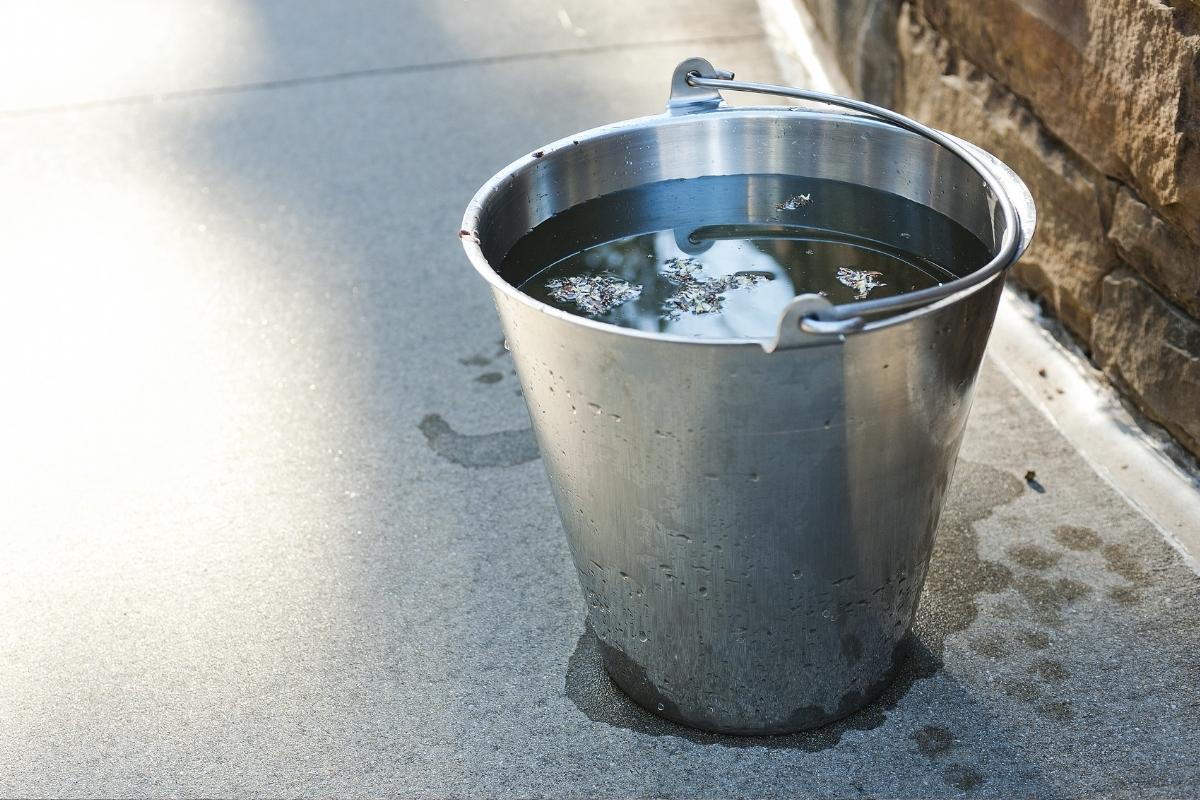
Labor to Raise a Pig
The pigs account for a minimum of half an hour of labor each day, plus about 5 hours each to process at home.
For our first 4 young summer processed pigs, that’s only a total of 80 hours for 600-800lbs of meat.
For our overwintered ladies, it’s another 120 hours for 500-600lbs. Those hours, given that the water was hand-hauled in buckets out to their pen, were much harder on the farmer than the summer hours.
Our pair of overwintered gilts should have been inseminated in February to farrow in June, with piglets ready for new homes by August. By then they would have cost roughly $1400 each to raise.
Litters on average range from as few as 3 piglets to as many as a dozen.
In the best case scenario, with a dozen piglets all sold for for $100 each, we still would have taken a loss.
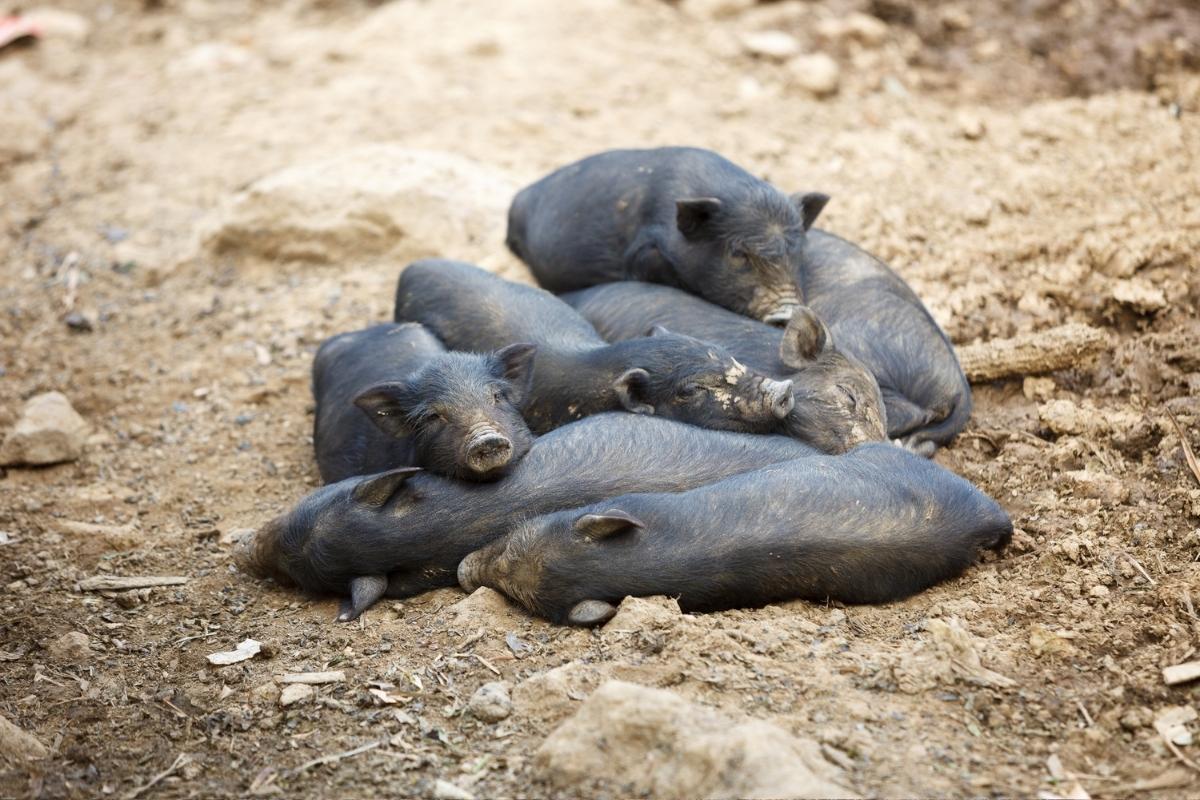
The only hope to recoup the costs would be harvesting the sow at some point later on in the future.
Having a second litter later in a year will help some, but having second and 3rd litters means raising an even larger pig longer. Feed efficient is going down further each month as the sows get larger.
Piglet sales can help defer the cost of raising the mother, but they do not cover the costs altogether.
You do still get to harvest the sow eventually, which is where the actual payback in meat comes from.
Having done it once, I don’t think we’ll be in a hurry to overwinter lady pigs again. It’s extremely hard work in this climate, and given the payback is minimal we’re happy to stick with purchasing piglets in the spring and harvesting them in the fall.
Homestead Cost Comparisons
Looking for more guides to help you figure out how much it costs to homestead?
- How Much Does It Cost to Raise Chickens?
- Can You Make Money with Small Scale Maple Syrup?
- Starting a Backyard Raspberry Pick Your Own
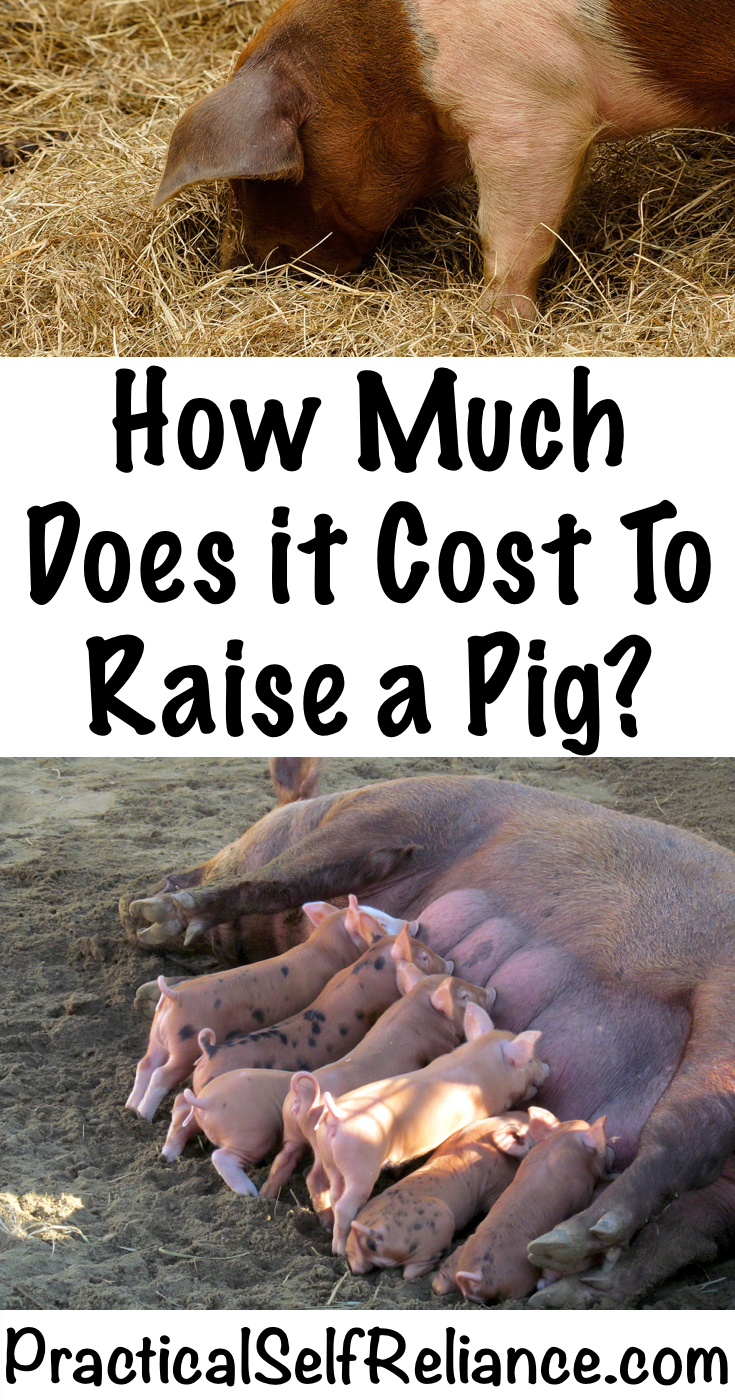
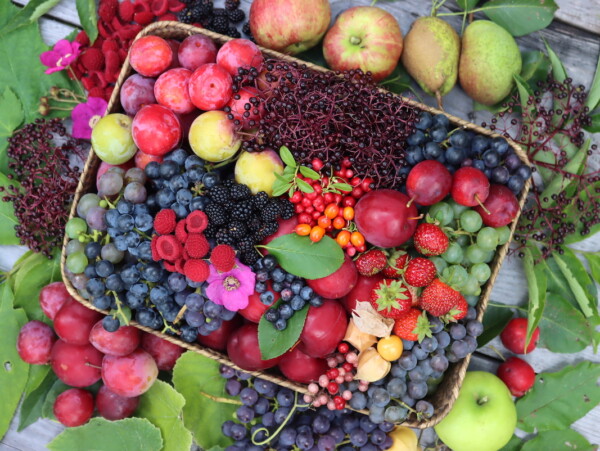
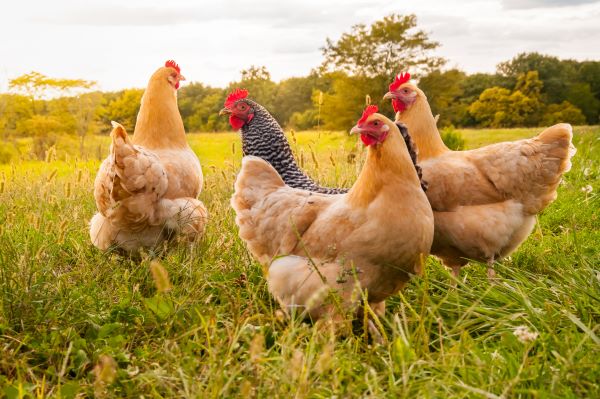
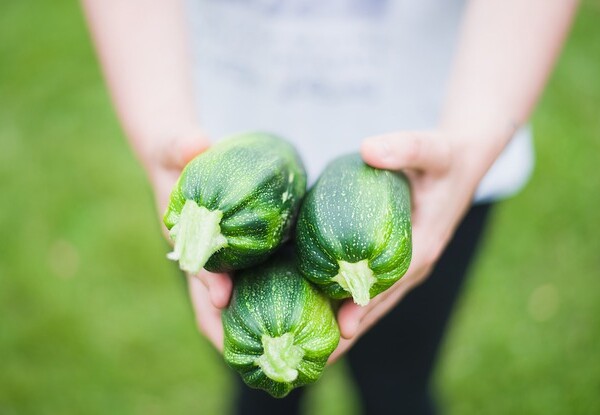
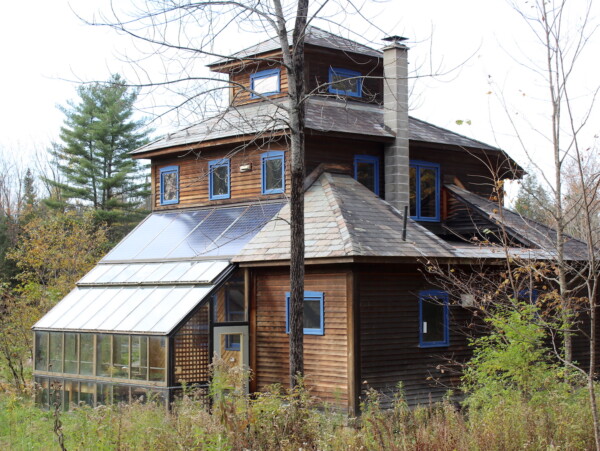










Grew up on a hog farm. Eventually quit as not profitable. I used the feedlot for a garden. Best garden on earth. Sows urine sterilized the seeds in the ground, no weeds at all. Ground was also super fertile, factor that into value of raising pigs. After a year weed seeds found their way in. One year wonder.
We’ve raised lots of pigs, and they sure taste a lot better than what you buy in the store, don’t they? Ours were mostly a Yorkshire cross. At 4 1/2 months, they weighed 225 lbs and dressed out 175 lbs. We did our own butchering and cutting/wrapping, which sure kept the costs down. We also spent a bit more time preparing their meals than normal people do, ha ha. We had a huge cauldron where cull potatoes, kitchen scraps were boiled up, then some grain plus grower was added and it was topped up with leftover milk (we had a couple of goats), and cracked eggs. One year, we raised a boar (he never did any breeding, though), and at 11 months of age, he weighed around 1000 lbs. He was delicious, the bacon was unbelievable. He actually didn’t have a huge amount of fat, considering that he was butchered in November, in northern BC Canada, where it had been pretty cold for three months already. Can you imagine a 90 lb ham?
Oh my, that is certainly a big ham.
I haven’t done the hard work of raising the pig, but I”ve been able to enjoy the results by sharing a pig from the slaughterhouse. The difference in the quality of the meat was astounding. Unfortunately, I’ve not been able to participate for years, but I still remember those delicious chops!
The picture of the 2 month olds on the bare ground got me to wondering – are there plants that a piglet should not eat? For example, if I were to get piglets in the spring, could I have them on land that has a lot – and I do mean a lot – of poison ivy?
Also, are there any resources you could point me to (ie, websites) that would be good to learn more about raising piglets (I’m in NH). It’s something that’s been wandering the halls of my mind for a couple years now and I would like to take some time to research all the ins and outs before deciding.
Here is a great article form Garden Know How that lists plants that are poisonous or toxic for pigs.
https://www.gardeningknowhow.com/plant-problems/environmental/plants-harmful-to-pigs.htm#:~:text=Other%20Plants%20That%20are%20Toxic%20for%20Pigs&text=These%20range%20from%20small%20to,Narcissus
Roughly how much per month will I be spending monthly for my daughter to raise a pig in FFA ?
Less than 100 dollars rough quick estimate for experienced hog raiser (non show hogs) at 8 or 9 dollars per bag of feed. The hog should eat no more than 2 bags per week. If you can feed the pig some grass or hay they do need ruffage. In the summer months an excellent thing to feed them are corn husks and cobs and watermelon rinds
Hi,
Anyone can provide ideas/comment about:
How much is per piglets can be purchased in Cuba?
How much does it cost per day to raise a piglet in Cuba?
Is there any food that suits the pigs feeding in Cuba? And what is the price roughly?
Can a foreigner raise or have piglets farm with the association/partner with a Cuban person in Cuba?
Kindly get back to me to my email address, thanks.
Mario
zagross_mo@yahoo.com
I have no idea, but hopefully, someone else will know. Good luck!
I don’t know where you are getting your information, but at 6 months a pig should be 260 plus pounds, not 150 pounds. Are pigs are 140-150 pounds at three months. Breed makes a difference, look for durocs or blubutt crosses for maximum growth.
I believe the 150lb weight was meant to be hanging weight which makes sense. Use a figure of 60-65% of live weight as the hanging weight.